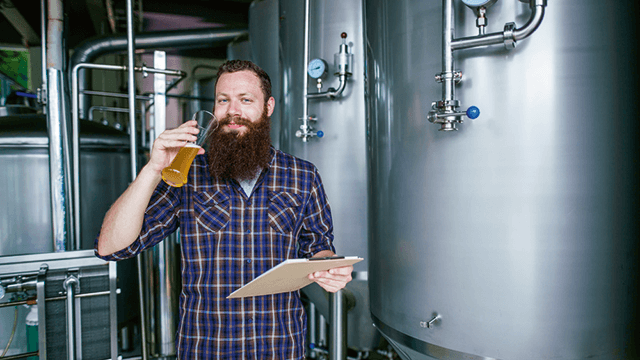Beer filtration and treatment – Challenges and solutions for breweries
Filtration, treatment and pre-packaging
The two main technologies for final beer filtration are Kieselguhr and cross-flow membrane filtration.
The production of differentiated products, from non-alcoholic and strong beers to flavour-infused derivatives, are on the increase. Our portfolio of blending, carbonation and de-alcoholization modules provide effective ways to reliably and flexibly produce new and unique products for your current and future customers.
Before packaging, pasteurization or sterile filtration eliminates any micro-organisms to enhance shelf-life, product taste and safety.
Beer filtration
Kieselguhr or cross-flow filtration are common filtration processes to remove almost all yeast and other unwanted substances that can spoil your beer.
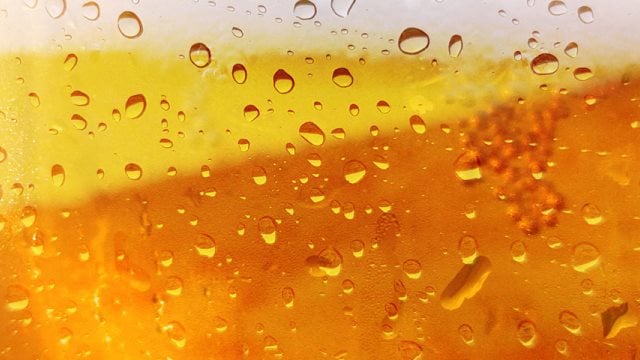
Challenge
- Oxidation during beer filtration
Solution
- Alfa Laval Aldox Mini for producing deaerated water
- Alfa Laval BREW series of centrifugal separators to increase filtration cycles
Outcome
- Deaerated water prevents oxygen pick-up during filtering to help preserve beer quality
- Separators help reduce frequency of CIP and use of consumables
Challenge
- Kieselguhr filter clogging during filtration
- High Kieselguhr usage
- Short filtration cycles on crossflow filters
Solution
Outcome
- Stable and low solid content on the separator outlet
- Removal of solids by centrifugation reduces overall Kieselguhr usage and decreases the load during filtration
- Minimizes micronization of particulates in beer, reducing filter clogging and allowing longer filtration cycles
Challenge
- Short product shelf life
- Reinfection
Outcome
- Complete removal of micro-organisms
Challenge
- Oxidation during filtration
Outcome
- Deaerated water in transfer lines between brews prevents oxidation
Challenge
- High waste management cost
Solution
Outcome
- Easier waste management of Kieselguhr with liquid removed, making it drier and lighter
Blending, dosing, mixing and carbonation
Blending, dosing, mixing and carbonation are crucial in beer brewing for achieving consistent flavor profiles, balancing ingredients, ensuring homogeneity and achieving desired carbonation levels essential to the overall quality and enjoyment of the final product.
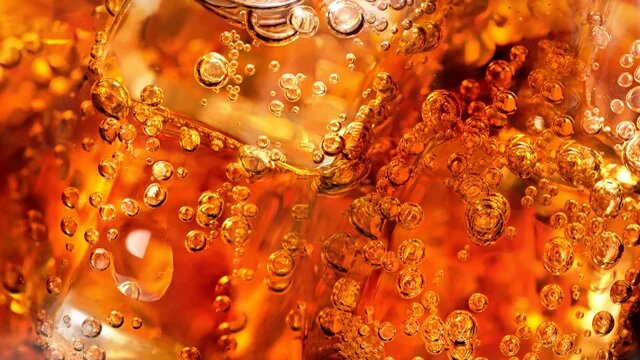
Challenge
- Getting the beer within specification
Outcome
- Assured accuracy in blending, dosing, and carbonation
Challenge
- Low CO2 concentration in the fermenter
- Need for different CO2 concentrations in final products
- Slow and imprecise equipment
Solution
Outcome
- Precise CO2 inline injection
- Equalization of CO2 concentration on demand
- Individual settings for recipes can be stored
- N2 injection on demand (for thick creamy beer)
- Alcohol/Plato content adjustment with deaerated water
Challenge
- Re-fermentation in bottle (when yeast and sugar dosing before bottle conditioning)
Solution
Outcome
- Fast blending for active tank homogenization
- Mobile unit (can be moved between tanks)
Alcohol removal
Consumer tastes are fluid and less predictable than ever before. It is estimated that as much as 20% of all beer sold falls into the 'healthy' category, i.e. with alcohol content removed, and is an area that needs to be addressed by all brewers as they offer new products to consumers. The most common way to remove alcohol from beer is through heating. However, heating may impact the flavor of the beer.
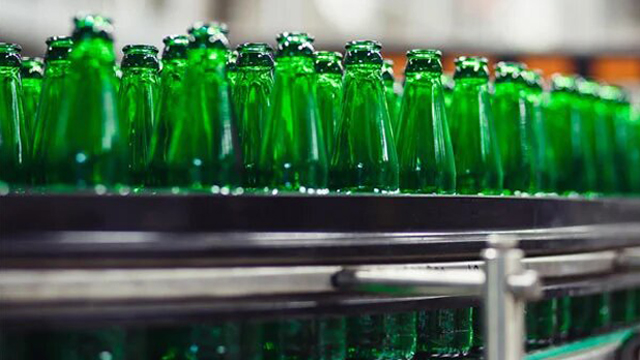
Challenge
- Need to produce low-alcohol beer
Solution
- Alfa Laval Lowal dealcoholizer (based on RO/NF cross-flow filtration)
Outcome
- No thermal impact on product
- Production of low alcoholic beer (<0.5% v/v)
- Minimum loss of flavor
- Generation of reverse osmosis (RO) water
- Simple plug-in process
Challenge
- Need to produce non-alcoholic beer
Solution
- Alfa Laval Dealcoholization module (based on steam stripping under partial vacuum)
Outcome
- Production of non-alcoholic beer (<0.05% v/v)
- Consistency of output
- Stripped alcohol can be reused as ingredient in other applications
- Efficiently and gently produce full-flavored beers in a single pass
- Simple to add non-alcoholic brewing capability without the need for major capital investment
Sterile filtration
Many breweries now choose sterile filtration as an alternative to pasteurization, because this makes it possible to remove undesirable microorganisms before the beer is filled into bottles or kegs.
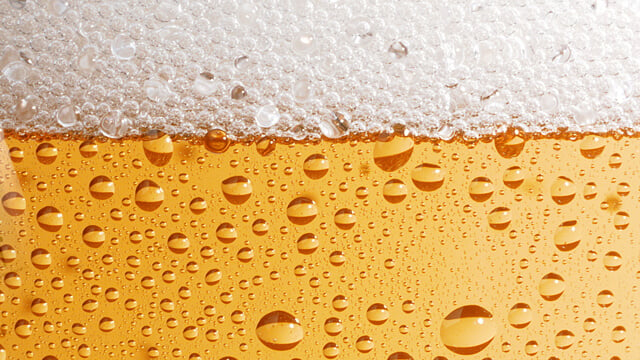
Challenge
- Micro-organisms can affect beer quality and taste
- Thermal treatment may cause degradation
- High energy usage
Solution
Outcome
- 100% bacteria retention without thermal degradation
- No effects on your product’s flavor
- Low oxygen pick-up at start-up and close to zero product losses
- Cold process requiring a minimal amount of energy
Pasteurization of craft beer
Pasteurization (ie high temperature) is the classic method to destroy micro-organisms in the final step before beer packaging.

Challenge
- Microbiological instability
- Oxygen pick up during transfer/process
- High energy usage
Solution
Outcome
- All micro-organisms destroyed
- Regulates and pasteurizes variable flows
- No CO2 breakup during high temperature stage
- Hygienic and compact
- Individual recipes can be stored
- Up to 95% energy recovery and reduced operating costs (by up to 80%) compared to a traditional tunnel pasteurizer
Not sure which solution is right for you?
Alfa Laval's brewing process expertise, solutions and individual components for each process block can help you avoid and overcome common issues in the brewing process. Contact us to speak to an Alfa Laval brewing expert today.
